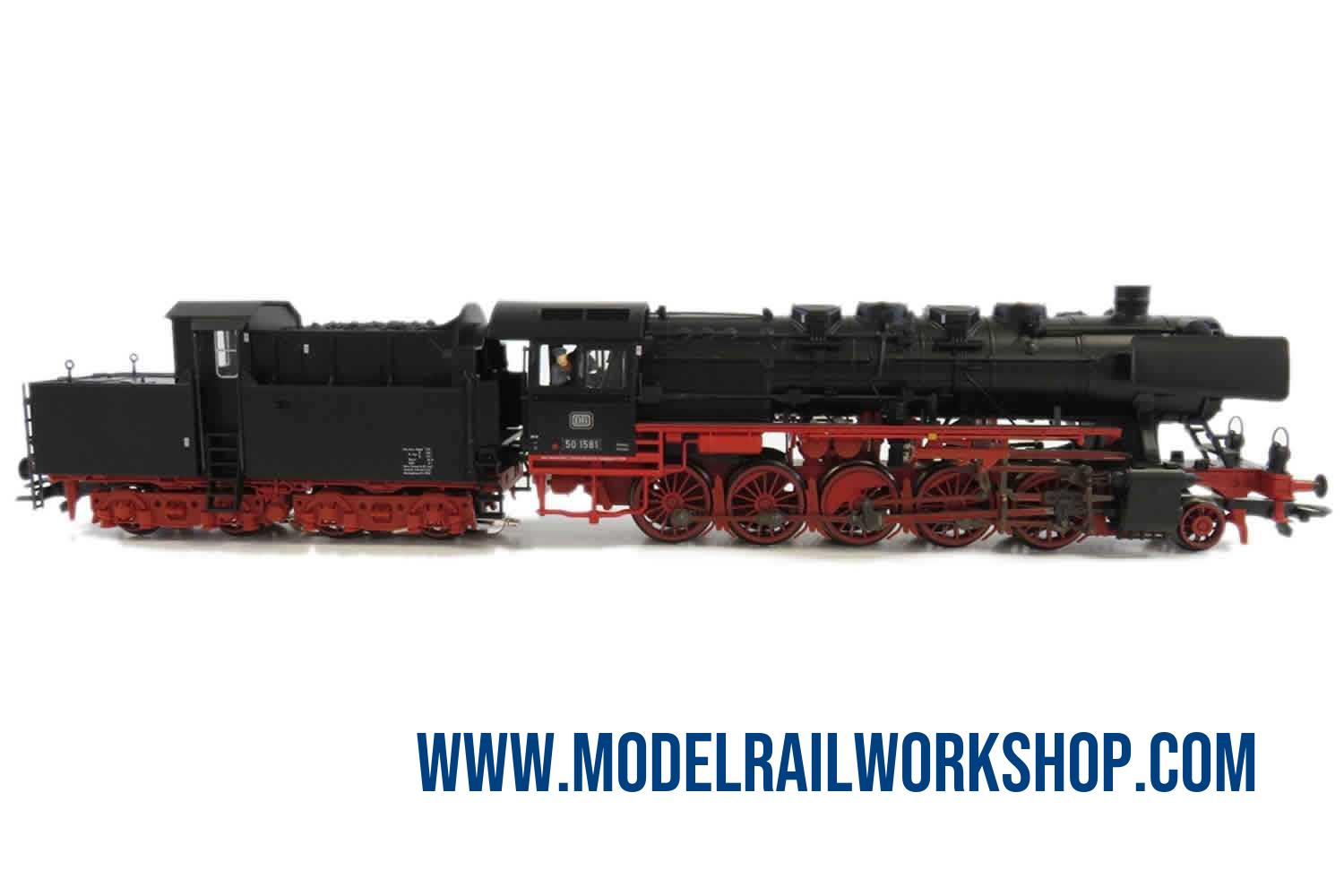
| KEY DATA | |
|---|---|
| Product Name | 37835 Steam locomotive with tender - BR50 |
| Object type | Locomotive-Steam with tender |
| Product Line | Märklin |
| Era | 1945-1970 (III) |
| Manufactured years | 2015-2017 |
| Text on object | DB |
| Number on object | 50 15 81 |
| Classification | BR50 |
| Type of housing | Metal/Synthetic |
| Length | 26.4 cm |
| Technology | Digital MFX+ |
| Railway company | DE-DB |
| Märklin RRP (Year) | 430€ (2016) |
| Koll valuation (Year) | 215€ (2022) |
| Url to Märklin | Klick to GoTo www.maerklin.de |
| Description | |
|---|---|